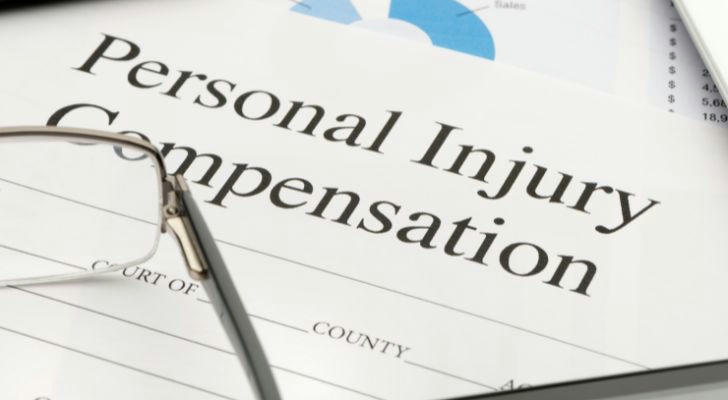What You Should Know About Personal Injury Claims in the U.S
Every year, more than 24 million people in the U.S. seek emergency treatment for unintentional injuries. Many of these incidents could have been avoided—and when someone else’s negligence is involved, you may have legal grounds to file a personal injury claim.
But navigating the U.S. legal system can feel overwhelming. This article will walk you through how personal injury claims work, what compensation you may be entitled to, and what steps to take to protect your rights—especially if you're not familiar with legal procedures.

What Is a Personal Injury Claim?
A personal injury claim is a civil legal action filed by someone who has been physically or emotionally injured due to another party’s negligence or intentional misconduct. These claims fall under tort law, a branch of civil law designed to provide relief to injured parties.
Common claim scenarios include:
- Auto accidents
- Slip and fall incidents
- Workplace injuries
- Defective products
- Medical malpractice
- Dog bites or animal attacks
To succeed in a personal injury claim, you generally must prove three things:
- The defendant had a legal duty
- That duty was breached
- The breach directly caused your injury
Why Legal Representation Matters
While you can file a claim on your own, most successful personal injury cases involve professional legal guidance—especially when the damages are significant or when insurance companies dispute liability.
An experienced personal injury lawyer can:
- Assess whether you have a valid claim based on local and federal laws
- Collect and preserve time-sensitive evidence
- Handle all negotiations with insurers
- Help you understand fair compensation standards
- Represent you in mediation or trial if needed
Most lawyers in this field work on a contingency fee basis, meaning you pay nothing upfront and only pay if you receive a settlement or judgment.
Types of Compensation You May Be Eligible For
If your case is successful, you may receive compensation in the form of economic and non-economic damages:
- Medical Expenses: Hospital visits, therapy, surgery, medications
- Lost Income: Current and future loss of earnings
- Pain and Suffering: Emotional trauma, anxiety, loss of enjoyment
- Property Damage: Repairs or replacements for damaged items
- Punitive Damages: In rare cases of gross negligence or intentional harm
Example: In a recent New Jersey case, a pedestrian struck by a distracted driver was awarded over $180,000 in compensation, including psychological counseling costs.
Statutes of Limitations: How Long Do You Have?
Time is critical. Each state enforces a statute of limitations—a legal deadline for filing your claim. This ranges from 1 to 3 years in most jurisdictions.
If the deadline passes, courts are likely to dismiss your case automatically, regardless of its merit. Some exceptions apply, such as for minors or injuries discovered later.
What Happens If You’re Partially At Fault?
Being partially responsible for the incident doesn’t automatically disqualify you from compensation.
Most U.S. states follow comparative negligence rules, where your compensation is reduced by your percentage of fault. For example:
- Damages: $50,000
- Your fault: 20%
- Final award: $40,000
Some states, like Alabama and North Carolina, follow contributory negligence laws, where even 1% fault may prevent recovery. Always confirm your state’s specific rules.
The Personal Injury Claim Process: What to Expect
Here’s what typically happens:
- Initial Consultation: Assess your case with a legal professional
- Investigation: Gather documents, evidence, witness statements
- Filing the Claim: Submit a formal claim to the at-fault party or insurer
- Negotiation: Try to reach an out-of-court settlement
- Litigation (if necessary): Proceed to trial if no agreement is reached
Over 95% of personal injury cases settle before trial, according to the U.S. Department of Justice.
Real-Life Example: James from Arizona
James, a 38-year-old forklift operator in Phoenix, slipped on an unmarked wet loading dock at work. He sustained a lower back injury and missed two months of work. The employer’s insurance only offered partial coverage.
After speaking with a legal representative, James gathered documentation, sought an independent medical evaluation, and filed a formal claim. The result? A $62,000 settlement that covered therapy, lost income, and recovery support—without going to court.

Protect Your Rights, Don’t Wait
Suffering an injury is more than just physical pain—it can disrupt your finances, mental well-being, and family life. But the legal system offers tools to help you recover and rebuild.
If you believe your injury was caused by someone else’s carelessness, don’t wait. Speaking with a qualified personal injury professional can help you explore your options and take control of the situation.
